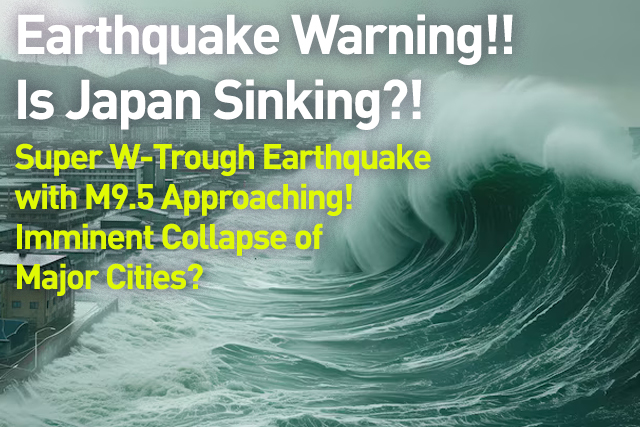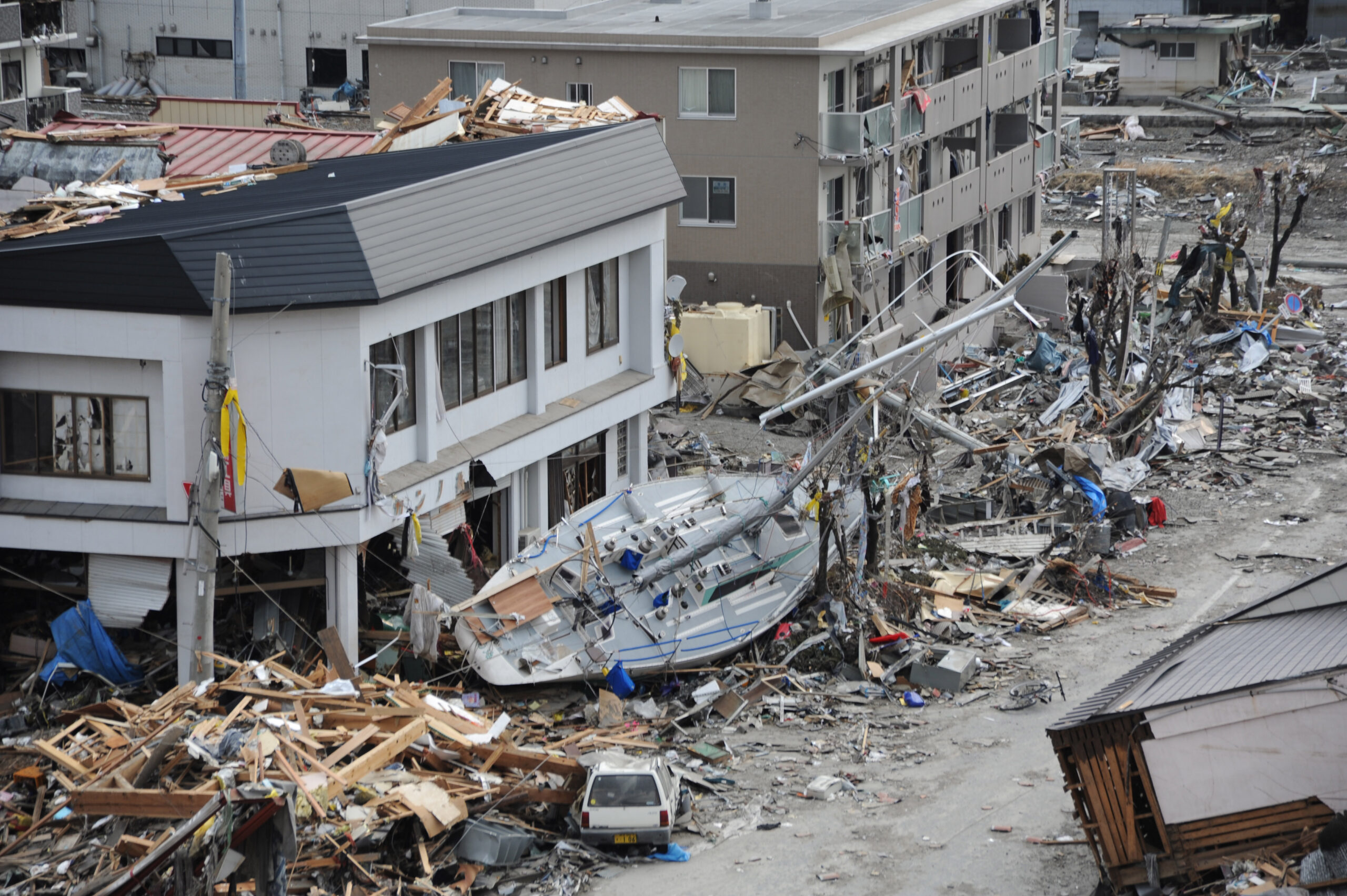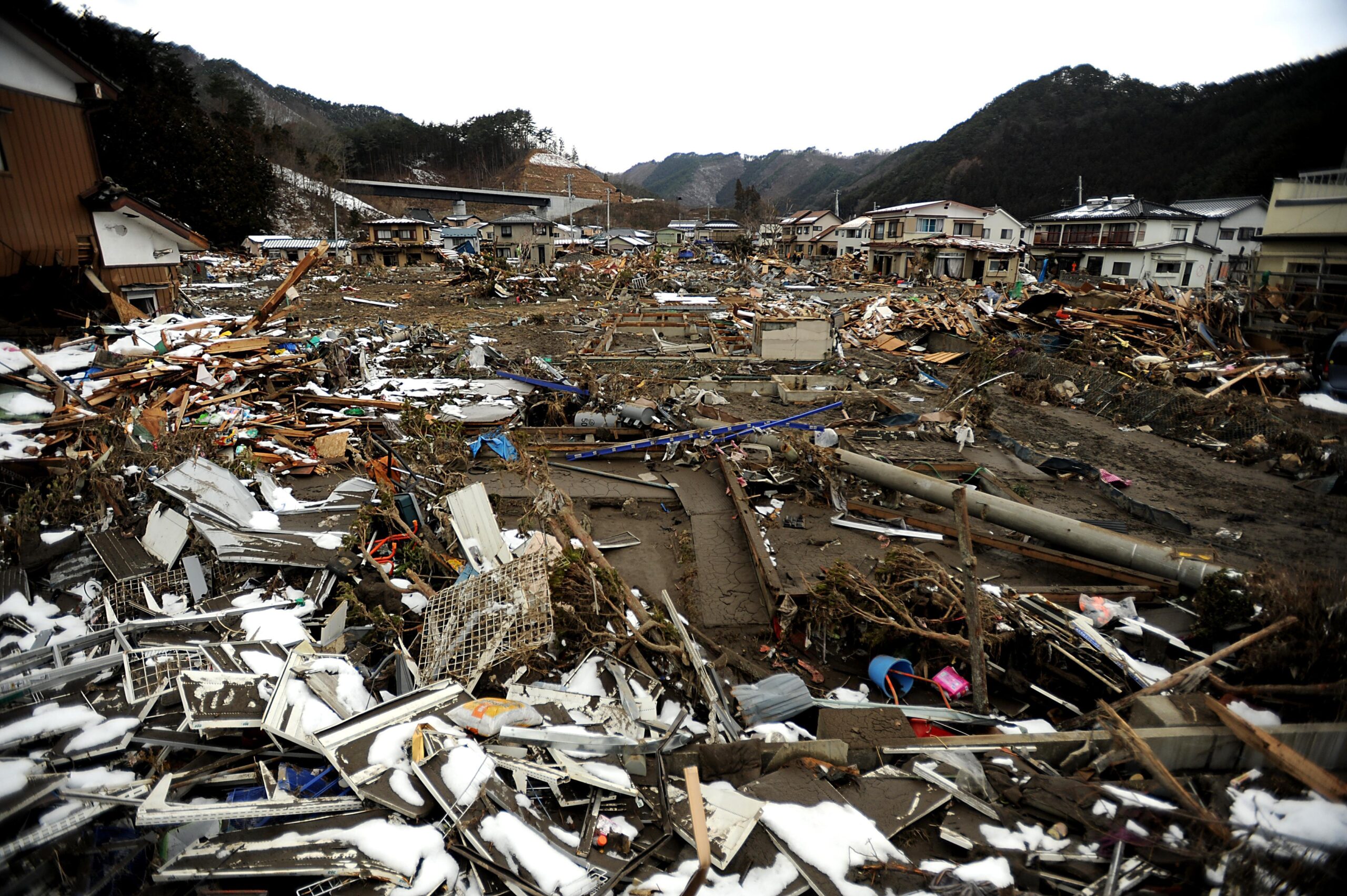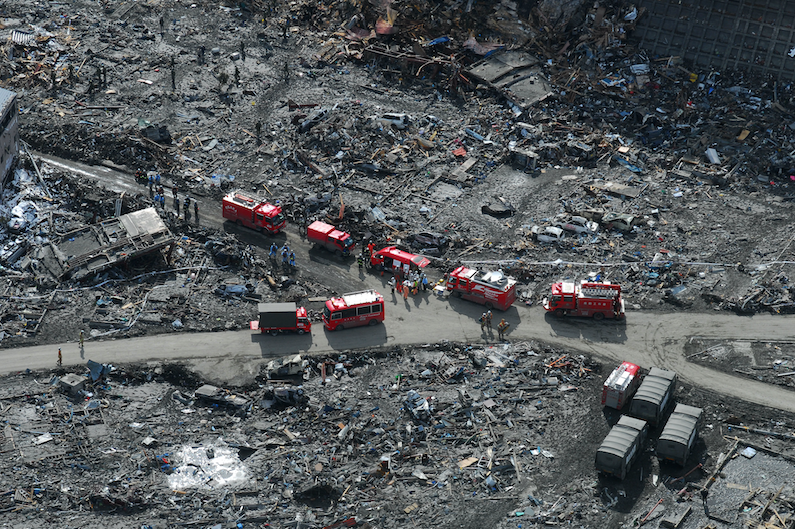Japan Super Earthquake! M9.5 Coming?
当サイトは広告が表示される場合がございます。
2024年05月17日/お知らせ & コラム、UVカット製品

Since the beginning of 2024, significant earthquakes have been occurring one after another. While we tend to focus on the scale of earthquakes, it's crucial to also pay attention to the "smaller tremors."
According to the Japan Meteorological Agency's research, during the week of April 16th to 22nd alone, earthquake activity was observed over 6000 times, with over 2079 occurrences just in the Bungo Channel. The majority of these were tremors of around seismic intensity level 1, imperceptible to humans.Quoted from Weekly Gendai, May 11, 2024 issue

Even with just the Nankai Trough Earthquake, Japan is teetering on the brink of collapse. But what if another massive earthquake were to occur simultaneously? The eerie "tremors" happening across various locations indicate the nightmare scenario that researchers are concerned about.
Squid Fishermen Were the Only Ones Who Knew
In the darkness, countless lights mysteriously illuminating the surface of the sea. Their true identity? Squid. This spring, firefly squid have been "bursting" in the Toyama Bay. The catch in March this year was literally 16 times higher than last season, the most abundant since records began in 1953.
Naturally, the locals should have been delighted, but they harbored a slight unease about this strange phenomenon. A veteran fisherman from Susaki Port said:
"Among squid fishermen, it's a well-known story that squid catch increases just before a major earthquake. Even my old man said that in the year of the Nankai earthquake ('46), there was a bountiful squid catch. The Noto Peninsula earthquake just happened, but a big earthquake might be coming soon."
In earthquake-prone Japan, various natural phenomena have long been regarded as precursors to major earthquakes. The abnormal behavior of marine life is one of them. Before the 2011 Great East Japan Earthquake, and even the 1995 Great Hanshin-Awaji Earthquake, squid catches had significantly increased just before.
This is not a coincidence. Since April this year, researchers have been increasingly alert to a major earthquake, around magnitude (hereinafter M) 8-9 class, occurring in the Nankai Trough.
Quoted from Weekly Gendai, May 11, 2024 issue

Understanding the Relationship Between Slow Slip and Major Earthquakes
Tremors so small that humans can't feel them. They are closely related to something called "slow slip," which refers to the slow movement of plate boundaries. In a normal earthquake, plates move about 1 meter per second, but slow slip moves about 1 centimeter per day. Therefore, it is imperceptible to humans.Before the Great East Japan Earthquake, slow slip was observed off the coast of Sanriku, considered a precursor to a major earthquake by experts.

Alert in Offshore Chiba Prefecture
Although the Japan Meteorological Agency does not use the term "slow slip," if there is an unusual "slow sliding," they issue a "beware of a major earthquake" warning.
Dangerous signs are also observed off the coast of eastern Chiba Prefecture. In the month from February 26th to March 25th, earthquakes with an intensity of 1 or higher were observed 48 times. In the same period last year, there were only 6 times. This abnormal activity suggests a connection between slow slip and major earthquakes.
Fear of Super W-Trough Earthquake
If the series of earthquakes off the coast of eastern Chiba Prefecture moves southeast, it could stimulate the Sagami Trough. This could lead to the occurrence of a Sagami Trough earthquake.
The Sagami Trough earthquake occurred in 1987 and recorded an earthquake of magnitude 6.7. Four years before that, slow slip was also observed. Therefore, there is a possibility of another Sagami Trough earthquake occurring within a few years.
In the worst-case scenario, the Nankai Trough earthquake and the Sagami Trough earthquake could occur simultaneously, resulting in a "double trough" earthquake.
Unprecedented Catastrophic Damage
There is a high possibility that a Sagami Trough earthquake would stimulate the Nankai Trough. As a result, an earthquake with a magnitude of M9.5 could occur.
This is a realistic possibility. There could be catastrophic damage like the Noto Peninsula earthquake. The probability of the Nankai Trough earthquake and the Sagami Trough earthquake occurring is over 70%. Considering this danger, countermeasures are necessary.
According to government announcements, even with just the Nankai Trough earthquake, there could be a maximum of approximately 320,000 casualties. However, if a double trough earthquake occurs, the damage could be even greater. There could be over 500,000 casualties due to building collapses and tsunamis.
Japan is facing a major disaster. It is essential to make thorough preparations and take precautions.
